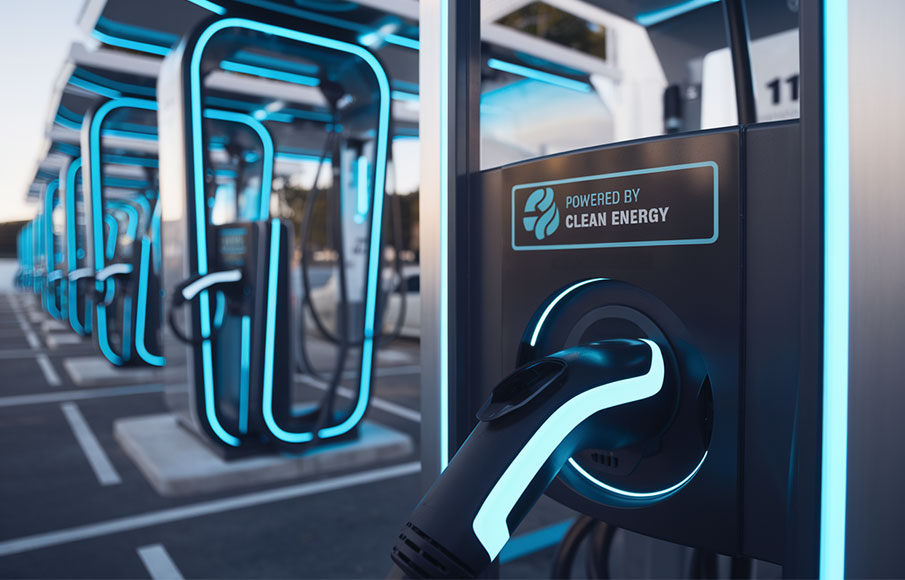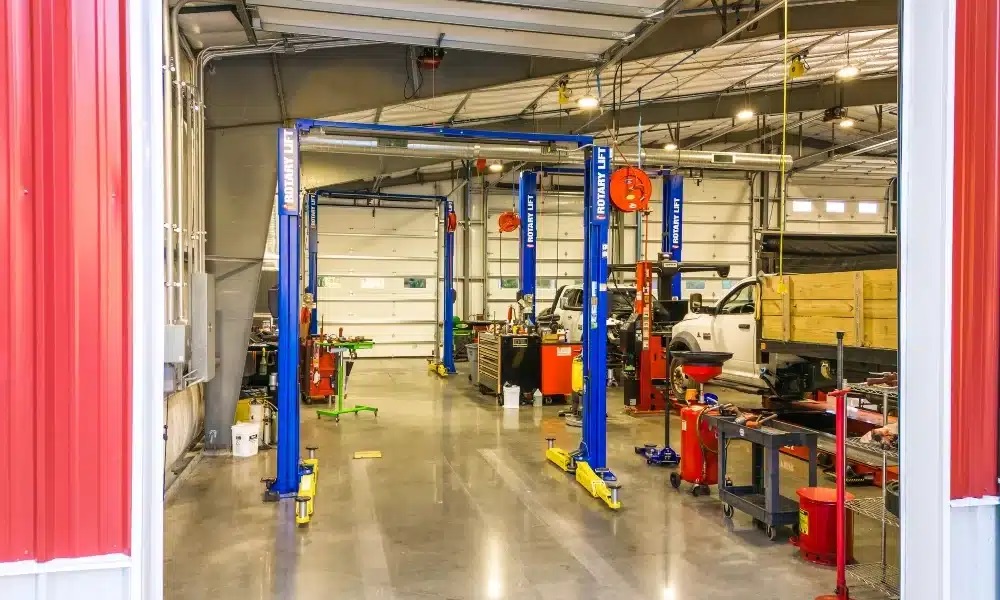In the quiet corners of Singapore’s car parks and the shadows of HDB estates, the Tysen KLD-ev charger stands as a sentinel of change—a modest yet revolutionary device that embodies the city-state’s ambitious leap towards an electric future. Like the synapses in a vast neural network, these charging stations are quietly rewiring the very infrastructure of how we move, how we think about energy, and how we inhabit our urban spaces.
The Architecture of Transformation: Understanding Modern EV Charging Systems
There is something almost poetic about the simplicity of an electric vehicle charger. Beneath its unassuming exterior lies a sophisticated orchestration of power electronics, safety protocols, and intelligent management systems. The Tysen KLD – ev charger represents more than mere hardware—they are the physical manifestation of Singapore’s commitment to sustainable mobility.
Modern EV charging technology operates on principles that would have seemed fantastical merely decades ago. These systems employ:
- Dynamic load balancing that prevents electrical overloads whilst optimising energy distribution
- Smart payment gateways enabling seamless transactions without cumbersome memberships
- Solar integration capabilities that harness renewable energy for sustainable charging
- Remote monitoring systems that provide real-time diagnostics and usage analytics
- Multi-standard compatibility supporting various vehicle connector types, including Type 2 and CCS
The elegance lies not merely in the technology itself, but in its ability to adapt and respond to the changing demands of an evolving urban landscape.
Singapore’s Electric Awakening: A Statistical Portrait
The numbers tell a remarkable story of transformation. In 2024, approximately one-third of all new cars sold in Singapore were electric vehicles—a dramatic surge from just 18% in 2023. This acceleration mirrors a broader global trend, yet Singapore’s approach carries a distinctive precision that reflects the island nation’s methodical character.
Consider these illuminating statistics:
- 73% of Singaporean car buyers expressed interest in purchasing electric vehicles in 2024, compared to 63% the previous year
- The government aims to deploy 60,000 EV charging points by 2030, comprising 40,000 in public car parks and 20,000 in private premises
- Over 1,000 HDB car parks (representing half of all public housing car parks) already feature charging infrastructure
- Singapore’s EV market share is projected to reach an impressive 80% by 2040, positioning it as a regional frontrunner
These figures represent more than mere adoption rates—they chronicle a society in the midst of redefining its relationship with energy and mobility.
The Science of Seamless Integration: Technical Excellence in Practice
The Tysen KLD electric vehicle charging systems exemplify the convergence of engineering precision and user-centric design. These LTA-approved charging solutions navigate the complex requirements of Singapore’s regulatory landscape while maintaining the accessibility that drives widespread adoption.
The technical sophistication becomes apparent when examining the system’s core capabilities:
Power Management Excellence
Advanced AI-powered software prevents electrical overloads, eliminating the need for costly infrastructure upgrades—a particularly crucial feature in Singapore’s dense urban environment, where existing electrical systems must accommodate new loads without disruption.
Safety and Compliance
Adherence to TR 25 technical standards ensures that every installation meets Singapore’s rigorous safety requirements. The Letter of No Objection (LNO) certification provides users with confidence in both safety and legal compliance.
Future-Ready Architecture
Integration with solar panel systems positions these chargers as components of a broader sustainable energy ecosystem, reducing reliance on grid electricity and lowering operational costs.
The Human Element: Beyond Technology to Transformation
Yet perhaps the most remarkable aspect of the EV charging station phenomenon is not technological but human. These devices serve as catalysts for behavioural change, gradually shifting societal norms around energy consumption and environmental responsibility.
The transition from petrol stations to charging points represents a fundamental reimagining of the urban landscape. Where once we queued at fuel pumps in hurried transactions, we now inhabit spaces where vehicles charge silently whilst we work, shop, or sleep. This shift from active refuelling to passive charging transforms our relationship with energy from one of scarcity and urgency to one of abundance and patience.
Navigating Challenges: The Path Forward
The journey towards electrification is not without its complexities. Range anxiety, though diminishing as battery technology improves, remains a consideration for many potential adopters. The electric vehicle charging infrastructure must continue evolving to meet diverse needs, from rapid top-ups for commercial vehicles to overnight charging for residential users.
Singapore’s approach to addressing these challenges demonstrates characteristic foresight:
- Strategic placement of ultra-fast 480kW chargers capable of full vehicle charging in 30 minutes
- Comprehensive coverage ensuring every HDB town becomes EV-ready by 2025
- Grant programmes such as the EV Common Charger Grant, supporting installation at private residences
- Progressive policies, including the upcoming ban on new diesel vehicle registrations from 2025
The Ripple Effect: Economic and Environmental Implications
The proliferation of EV charging technology extends beyond environmental benefits to encompass broader economic transformation. Singapore’s positioning as a regional hub for electric vehicle technology creates opportunities for innovation, manufacturing, and export, transforming the city-state from a consumer to a producer of clean technology solutions.
The environmental mathematics is equally compelling. With transportation contributing approximately 24% of global CO2 emissions, the shift to electric mobility represents a significant lever for climate action. Singapore’s commitment to having all vehicles run on cleaner energy by 2040 positions the nation as a model for sustainable urban development.
Conclusion: The Quiet Revolution Continues
As we stand at this inflexion point in transportation history, the humble charging station emerges as an unlikely hero in humanity’s quest for sustainable mobility. The Tysen KLD – ev charger and its contemporaries represent more than technological innovation—they embody our collective imagination of a cleaner, quieter, more sustainable future, one charging session at a time.




